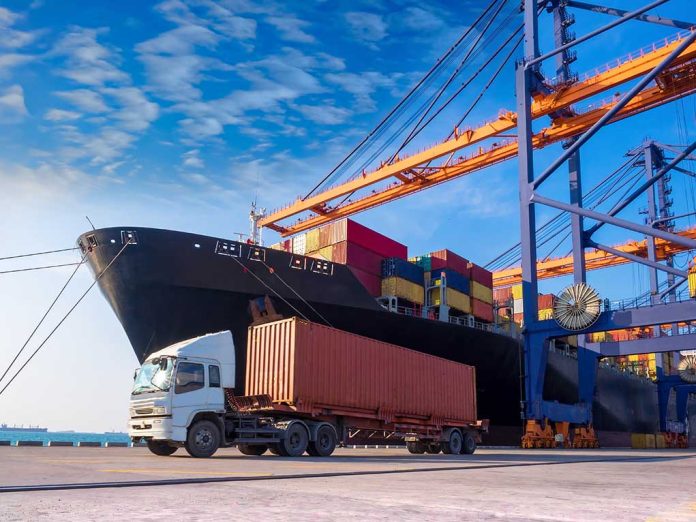
As the clock ticks towards January 15, 2025, the U.S. faces another potential port strike that could cripple its economy and disrupt global trade.
At a Glance
- The International Longshoremen’s Association (ILA) and United States Maritime Alliance (USMX) are at a standstill over port automation.
- A brief three-day strike in October 2024 resulted in a 61.5% wage increase for dockworkers over six years.
- U.S. ports rank among the least efficient globally, partly due to limited automation.
- The current contract extension expires on January 15, 2025, just before President-elect Trump’s second term begins.
- Newly nominated Secretary of Transportation, Sean Duffy, faces the challenge of balancing modernization with job security.
The Automation Deadlock
The International Longshoremen’s Association (ILA) and the United States Maritime Alliance (USMX) are locked in a contentious negotiation for a new Master Contract. The heart of the dispute lies in the contentious issue of port automation. While USMX argues that automation is crucial for increasing capacity and sustainability, the ILA staunchly opposes any measures that could potentially replace human workers with machines.
The ILA’s position on automation has remained unwavering for over a decade according to the union. This stance has put the union at odds with port management, who view automation as a necessary step towards modernization and increased efficiency.
“For over 13 years, our position has been clear: we embrace technologies that improve safety and efficiency, but only when a human being remains at the helm,” said the ILA.
The Economic Impact of Port Inefficiency
The resistance to automation has had far-reaching consequences for U.S. ports. Currently, American ports rank among the least efficient globally, with the ports of Los Angeles and Long Beach holding the dubious distinction of being the least efficient. This inefficiency translates to longer unloading times for ships, increased costs, and potential loss of business to more efficient foreign ports.
“Unfortunately, the ILA is insisting on an agreement that would move our industry backward by restricting future use of technology that has existed in some of our ports for nearly two decades—making it impossible to evolve to meet the nation’s future supply chain demands,” said USMX.
The USMX argues that modern crane technology, implemented over a decade ago, has already proven beneficial. It doubled container capacity at one terminal, increased daily worker numbers from 600 to 1,200, and raised wages due to higher cargo volumes. This example illustrates the potential benefits of technological advancements in port operations.
The Looming Threat of Another Strike
With the current contract extension set to expire on January 15, 2025, the specter of another port strike looms large. The previous three-day strike in October 2024 resulted in billions of dollars in lost revenue for the American economy. A more prolonged strike could have devastating consequences for U.S. supply chains and the broader economy.
The ILA’s concerns extend beyond job security to include potential cybersecurity risks associated with increased automation. This multifaceted issue highlights the complex nature of the ongoing negotiations and the need for a balanced approach that addresses both technological advancement and worker protection.
The Road Ahead
As the deadline approaches, all eyes are on the newly nominated Secretary of Transportation, Sean Duffy. He faces the formidable task of navigating these turbulent waters, seeking a solution that balances the need for modernization and efficiency with the legitimate concerns of port workers. The outcome of these negotiations will have far-reaching implications for U.S. trade competitiveness and the future of work in America’s ports.






















